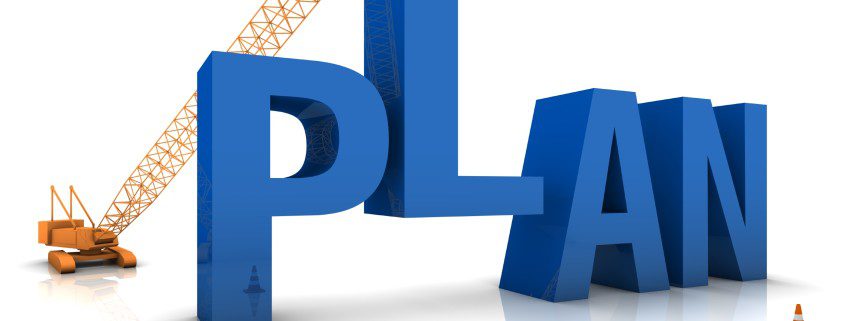We recently started into the design phase of a major remodeling project with a Bexley, Ohio homeowner. While we were discussing some details, they shared with me that they had spoken with 3 or 4 other contractors last summer and fall. They got “free estimates” from these companies but they felt something very critical was missing in the process. They then called us. They told me that while all of the companies were “nice”, it was our design/build way of approaching remodeling projects that made complete sense to them. It was the “ah ha” moment in which they discovered that we were providing what they didn’t know they had been looking for.
This homeowner had experienced what many homeowners experience when talking to different companies about their remodeling project… “The free estimate”. Free estimates are great for getting new gutters, new windows, new siding, and a host of other projects. But when it comes to taking on a major remodeling project such as a kitchen, bathroom, basement, or whole house remodel, it leads to confusion (and often trouble) for the homeowner. The problem with estimates for a remodeling project is that the estimate is based on lots of assumptions. These assumptions usually are what lead to being “change ordered to death” by a contractor once the project is started. I am not saying that this is intentional. Often times it is a well-intentioned contractor.
If a homeowner gets three estimates for a major remodeling project (the age old wisdom), they can be certain of one thing, that they will not be comparing apples to apples for the said project. When people share with me that they have had other estimates, I ask them if the complete design has been done, all of the specifications clarified on a detailed level, and all of the products identified and picked out. I have never heard someone tell me that yes they have all of this completed. The truth about remodeling is that until these things are done, it is not possible to give someone a price for a project. There are too simply many variables.
Planning a project is just as important (and perhaps more important in some cases) as the actual building of the project. This is why whenever we meet with a homeowner to discuss a project, we start by asking a lot of questions, We want to understand the way that this project is going to function for them, how long they plan on being in the home, what unique features are most desirable. What are the essentials? What is on the wish list? We do not like to try to provide any potential solutions until we thoroughly understand what they are seeking. It is also during this question and answer session that we get to know each other. After all, if we are going to be working in their home, we want to make sure that there is a feeling of trust with us.
Once we go through this Q&A session we then discuss the budget. We want to make sure that the desired project will fit within the budget that the homeowner has established for the project. If it is established that we would be a fit for each other then this is where there would be an investment on the part of the homeowner in order to move forward into the design phase. This is where we prepare to work together to come up with a design, full detailed scope of work, select all the products, and involve our specialty trades team so that we can take all of this gathered information to correctly price the project. This process is what is referred to as Design/Build. This Design/Build way of Remodeling is recognized as a “best practices” approach by NARI (The National Association of the remodeling industry). NARI is uniquely dedicated to providing homeowners information about remodeling that is trusted, qualified, ethical and dependable.











